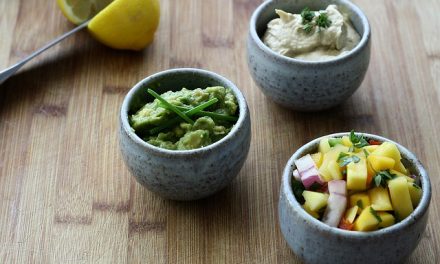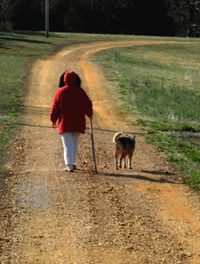Since increased physical activity is one of the major ways to reduce health risks, along with eating a nutritious diet and maintaining a healthy weight, different exercise programs can offer important benefits to your health. Pilates is one system that can slowly strengthen your most important muscles as part of an active, cancer-preventive lifestyle, if your doctor gives you the green light first.
You've probably heard of Pilates - or have at least seen this term in magazine articles or in activity-program booklets. Chances are, you still don't really know just what Pilates is, or that it is pronounced "Puh-LAH-teez."
"Pilates provides strength training just like a free-weight workout or using machines, but adds an extra component," says Lisa Johnson, a certified Pilates instructor who has been teaching the program since 1998. "By focusing every movement back to the spine, you are always improving "core strength" and balance."
Think of the core as the muscles that support and stabilize your lower spine, back and hip areas. These are the muscles that enable you to sit up straight from a lying-down position, or get up from a deep chair. They need to be deliberately singled out during exercise to keep them strong and prevent weakening.
"Many people who already exercise believe they're actually working their core while doing "ab exercises," when they're hardly targeting these special muscles," Lisa says. "A weak or neglected core increases your risk of back injury from falls, and even just bending over to greet a grandchild. My oldest client was 94 and I got her from a walker down to a cane."
The Back Connection
Besides strength, Pilates develops flexibility, range of motion and balance. Some of Pilates' movements are quite simple and smooth, she notes. Others are more complex and require learning the choreography before they can be properly executed. But every Pilates routine addresses posture, spinal and torso strength. Keeping the abdominal muscles firm as the exercises are done is the key to success with Pilates.
Lisa explains, "A person can expect to learn the abdominal connection first. You should start with some light warm-up exercises that loosen the shoulders, hip joints and spine. Then you should do some simple abdominal moves, and perhaps move into leg work and finish with upper body strengthening in the chest and arms. You'll always be cued to keep your abs connected, no matter what, in every single exercise."
Getting Started
After checking with a physician, many people get into Pilates through introductory books and videotapes, or by learning from a friend. By following instructions carefully and progressing slowly, it is possible to develop simple work-out routines that can be done at home with only a floor mat. After mastering some of the beginner's exercises, people who enjoy Pilates can go on to take classes where more advanced movements are taught and advanced equipment is used.
0
AICR






